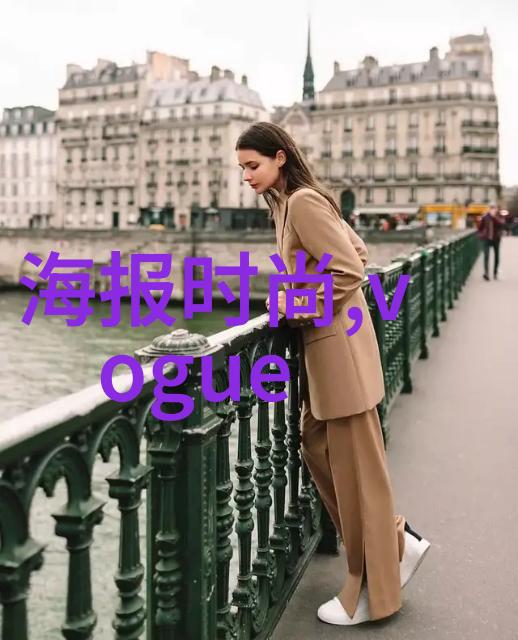3D斗罗大陆角色黄化视频引争议探索虚拟世界的伦理边界
3D斗罗大陆角色黄化视频引争议:探索虚拟世界的伦理边界

在网络上 lately, a series of 3D animation videos featuring characters from the popular novel "斗罗大陆" have been circulating. These videos depict the main protagonists and antagonists in various scenarios that are not appropriate for all ages. The content has sparked heated debate among fans, with some defending it as artistic expression while others condemn it as inappropriate.
The first point to consider is the source material itself. "斗罗大陆" is a fantasy novel series known for its action-packed storyline and diverse cast of characters. The novels have been adapted into various forms of media including manhua (Chinese comics), video games, and even live-action films. However, these adaptations generally adhere to the original storylines and do not contain explicit content.

The second point is that these 3D animations were created by fans using software available online. Fan-made creations are often seen as a form of tribute to the original work, but they can also cross boundaries when it comes to appropriateness. In this case, some creators chose to push those boundaries by incorporating adult themes into their animations.
Thirdly, social media platforms have played a significant role in disseminating these videos across different regions and communities worldwide. This widespread reach has led to differing opinions on whether or not such content should be allowed on public forums.

Fourthly, there's an ongoing discussion about copyright infringement versus creative freedom within fan culture circles. Some argue that since fan-made creations are non-profit ventures meant solely for entertainment purposes between peers without any commercial gain attached; they should be allowed more leeway regarding what kind of content can be produced – provided it doesn't infringe upon intellectual property rights belonging to authors or publishers involved directly with official adaptations (in this case: Jin Yong & Shueisha).
Fifthly speaking about ethical considerations: given how easily misinformation spreads through digital channels today; does creating such controversial pieces serve only one purpose? That would be engaging viewers who crave excitement at whatever cost regardless if said 'cost' includes potentially causing discomfort amongst others viewing them - or worse still perpetuating harmful stereotypes against marginalized groups?

Lastly sixthly there exists another perspective which suggests society might benefit from open dialogue around topics like sexuality in popular culture because discussing taboo subjects helps reduce stigma associated with sexual orientation or gender identity-related issues furthering inclusivity & understanding throughout our global community at large - especially considering how much we've come forward since LGBTQ+ rights movement gained momentum over recent years...
In conclusion though while exploring virtual worlds through mediums like 3d animations may provide unique opportunities both artistically & emotionally - they must also respect societal norms surrounding age-appropriate materials lest we risk alienating certain demographics whose voices deserve representation too within our ever-evolving world wide web...
